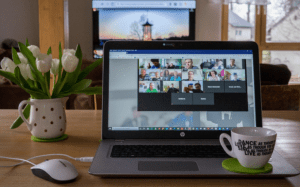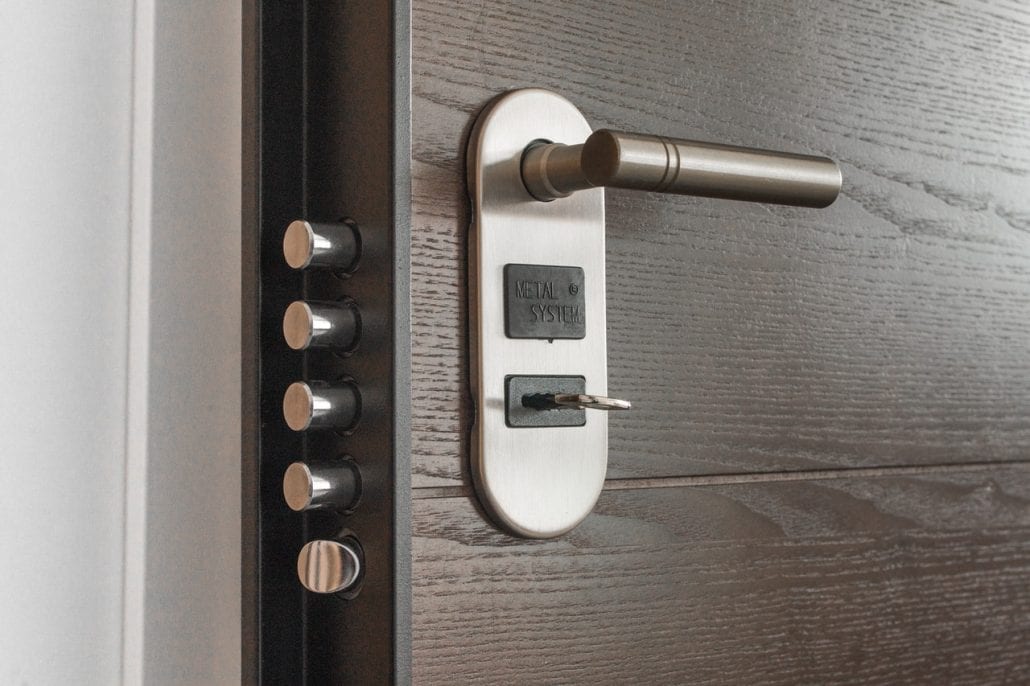How to Spot the Difference Between Webinars and Online Meetings

But with so many new users starting with virtual conferencing from scratch, there has been a lot of confusion surrounding the jargon. It’s like learning entirely new vocabulary: webcasts, screen sharing, virtual conferencing, remote access and more.
One key point of confusion surrounds the difference between webinars and online meetings. At first glance, they might seem remarkably similar, with many mistakenly using the words interchangeably. However, after this article, you will hopefully see there is a world of difference, and it’s vital to know what they are and when to use them.
So, let’s begin!
How to Tell the Difference
At the most basic level, it revolves around size. Online or virtual meetings are most often employed when a small group of people want to get together to discuss and idea or project. These meetings are collaborative with everyone taking a role in the proceedings, and they usually shouldn’t include more than twenty-five people.
In contrast, a webinar is for the masses, with some platforms allowing the organiser to host five-hundred people or more. In these sessions, one person or group typically talks to the rest. Think of it less like a meeting and more as a conference. Or as the name suggests, a seminar.
When to Use an Online Meeting?
Such meetings are great on a number of occasions. Firstly, if you need to liaise with one person or a small team, they are the perfect way to exchange ideas quickly and in real-time. They’re much quicker than email. They can also be suitable for larger conferences; however, consider the aim of the meeting. Are you here to display a product to others, or is the meeting primarily a collaborative approach? Do you want everyone to contribute?
If the answer is yes, then an online meeting is the perfect medium. They’re all about discussion.
As such, the tools available during the meeting are designed to facilitate the exchange of ideas. Virtual whiteboards allow attendees to sketch out their ideas for all to see. If you’re struggling to explain a complicated topic or you want to make notes as you speak, use the whiteboard to draw diagrams and connect ideas. They’re also fantastic for a quick brainstorming session. Meanwhile, screen sharing enables each meeting participant to show their work or to switch slides in a presentation smoothly.
As you might imagine, such meetings are brilliant for connecting with a client half-way around the world (they also save on travel costs). However, the downside comes with the home backdrop, which can look unprofessional to a client. Choose a Zoom virtual background for your next interview with a client, selecting from stylish offices to swanky boardrooms. To give the meeting an exceptionally professional feel, have the entire team use the same backdrop, for a sense of continuity.
When to Use a Webinar?
As mentioned, webinars are designed for big crowds. They’re the virtual equivalent of a conference hall. If the meeting isn’t a discussion, but rather a large-scale presentation: pick a webinar. They prevent any interruptions, allowing a speaker to showcase their product or idea.
People have used webinars for lectures, training seminars, or for a companywide update on progress. However, one concern is often raised: audience participation. While the speaker doesn’t want to be interrupted every minute, they want to keep the audience engaged.
Thankfully, with polls and surveys, speakers can test the mood in the room. Or they can use a curated Q&A to answer questions in real-time, clarifying any confusions.
As promised, you now know the critical differences between online meetings and webinars. Are you planning a cosy collaboration with your team, or do you need to present your product to the world? Either way, you have the tools at your disposal.

 The choices that you make on a day to day basis can affect the environment around you. It’s true that this isn’t new information, but some people may find it hard to adopt a more sustainable option, especially since you are always surrounded by plastic, use cars as a mode of transportation, rely on electricity and so on.
The choices that you make on a day to day basis can affect the environment around you. It’s true that this isn’t new information, but some people may find it hard to adopt a more sustainable option, especially since you are always surrounded by plastic, use cars as a mode of transportation, rely on electricity and so on. It is not uncommon for celebrities and high-profile business people to travel with their own personal security details. The rest of us picture buff men clad in crisp black suits and headsets whenever we think of such security detail.
It is not uncommon for celebrities and high-profile business people to travel with their own personal security details. The rest of us picture buff men clad in crisp black suits and headsets whenever we think of such security detail. At some point in your life, you’ve likely thought about what would happen to everything you own should you become incapacitated or experience death. These are not easy thoughts to have, but they are natural as death eventually impacts everyone. Planning ahead is important in order to make sure your assets are dispersed in the way you intended. You’ll want to make sure your legacy lives on through the people and charitable organizations that are important to you. An estate plan is an important plan to have at any stage in life. The more likely it is you have people in your life that may contest your wishes, the more important it is to work with an attorney to make sure your estate plan WORKS.
At some point in your life, you’ve likely thought about what would happen to everything you own should you become incapacitated or experience death. These are not easy thoughts to have, but they are natural as death eventually impacts everyone. Planning ahead is important in order to make sure your assets are dispersed in the way you intended. You’ll want to make sure your legacy lives on through the people and charitable organizations that are important to you. An estate plan is an important plan to have at any stage in life. The more likely it is you have people in your life that may contest your wishes, the more important it is to work with an attorney to make sure your estate plan WORKS. Whether you work in an office building or from home, staying on task can be difficult. The distractions may vary – a barking dog versus a chatty coworker – but they’re still there.
Whether you work in an office building or from home, staying on task can be difficult. The distractions may vary – a barking dog versus a chatty coworker – but they’re still there.